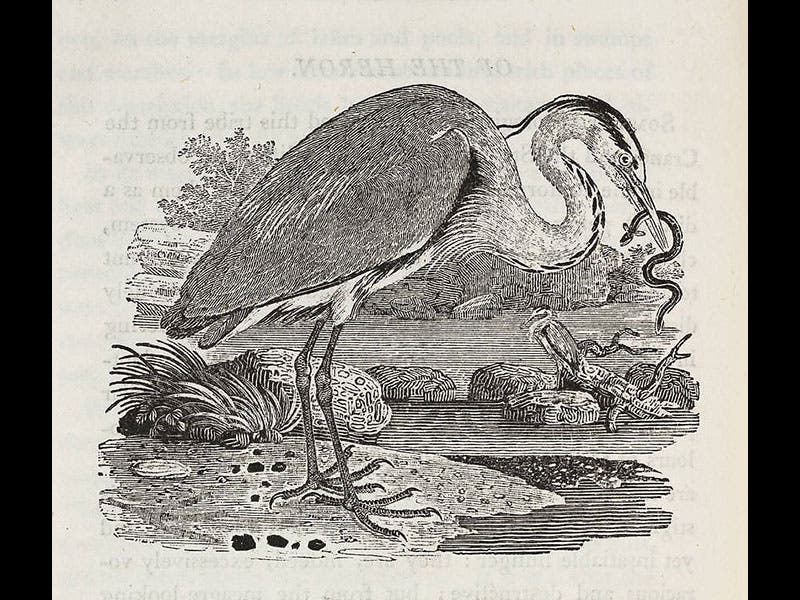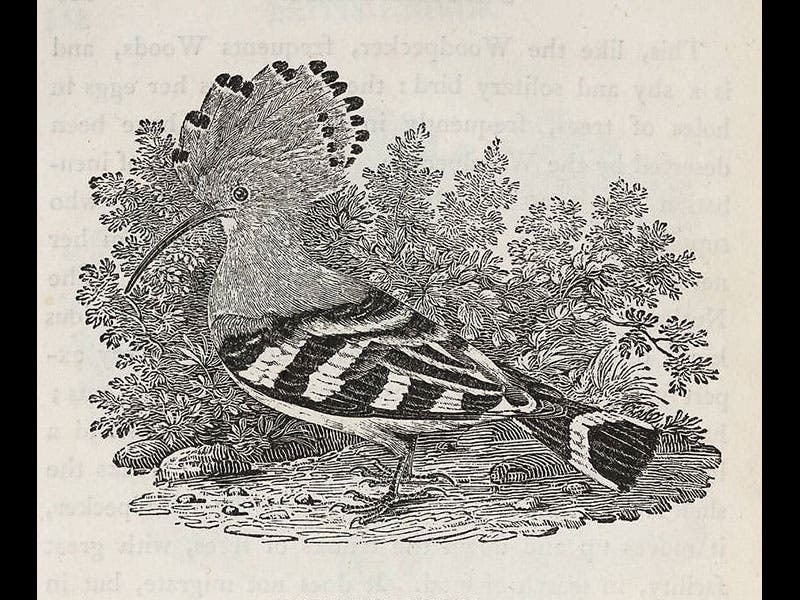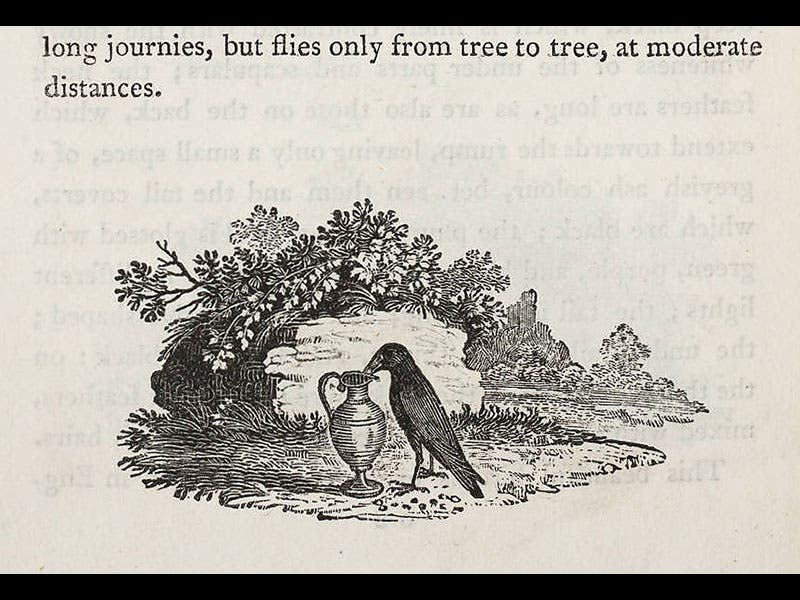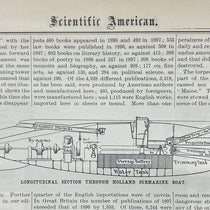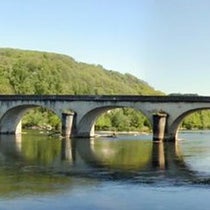Scientist of the Day - Thomas Bewick
Thomas Bewick, an English artist, naturalist, and print maker, was born Aug. 12, 1753. Bewick pioneered the illustrating technique known as wood engraving, where the artist works on the end grain of a block of wood, instead of the side grain, and uses the burin of the engraver, rather than the knife of the woodcutter, to carve the block. Wood engravings are usually small and detailed, and have the advantage of being able to be printed right along with the type, instead of on a separate press. Bewick specialized in creating prints of mammals and birds; his A General History of Quadrupeds was published in 1790, and A History of British Birds in two volumes in 1797 and 1804; both are filled with exceptionally high-quality images. We see several samples above: a heron, full-page and close-up, and a hoopoe from British Birds, and a rabbit and a hedgehog from the Quadrupeds. Remember, if you are viewing these on a large monitor, that the original woodblocks are only about 3” by 2” in size.
One other charming feature of Bewick’s books are the tailpieces that were often added to the open spaces at the end of articles and chapters. We see above (sixth image) Bewick’s tiny engraving of Aesop’s fable of the raven and the pitcher.
We displayed Bewick’s History of British Birds in our 2009 exhibition, The Grandeur of Life, where you may see two more of Bewick’s wood engravings, a barn owl and a kingfisher. At the time, we owned only the 1809 edition of the Birds and an 1811 edition of the Quadrupeds, and the images above are from those editions. We have since acquired first editions of both works.
Dr. William B. Ashworth, Jr., Consultant for the History of Science, Linda Hall Library and Associate Professor, Department of History, University of Missouri-Kansas City. Comments or corrections are welcome; please direct to ashworthw@umkc.edu.



